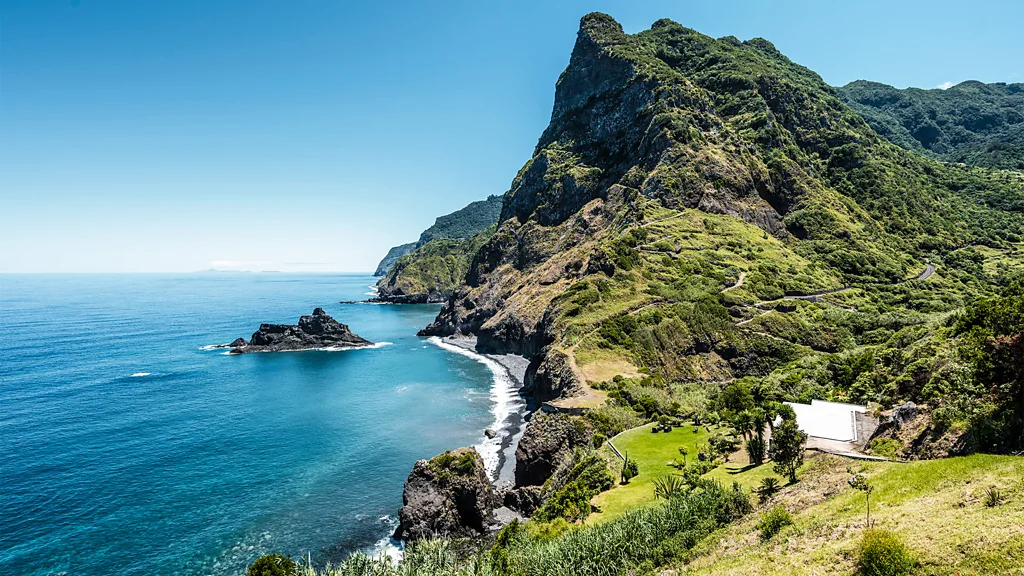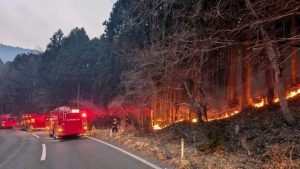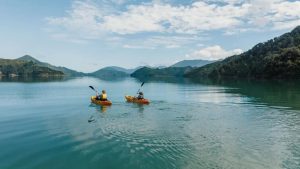
Madeira: A Tropical Paradise in Europe
With its tropical climate, looming volcanic mountains, and stunning black-sand beaches, it’s no wonder Madeira, Portugal, has been called the “Hawaii of Europe.” However, this autonomous island chain off the north-west coast of North Africa has a culture and history all its own that is leading more and more travelers to explore its far-flung shores.
Madeira: A Tropical Paradise in Europe
Rajan Datar, from BBC’s The Travel Show, recently journeyed to the archipelago to explore its unique ecosystem and examine the ways the area is tackling increased tourism. Settled by the Portuguese in 1425, Madeira quickly became a hotspot for sugar production and local arts, including bordado Madeira, a unique embroidery style passed down for generations. Most people around the world recognize the name Madeira because of its famous fortified wine.
A Unique History of Madeira
What makes Madeiran wine so unique is its ability to age almost indefinitely, which contributes to its complex flavor. Winemakers heat the wine to a temperature of 45C to 50C for about three months and then let it gradually cool before beginning the aging process. The type of grape used greatly affects the wine’s flavor, ranging from a dry, tangy Sercial to a dark raisin- or caramel-flavored Bual.
The Magic of Madeiran Wine
As in Hawaii, Madeira’s natural environment draws travelers to its mountainous and densely forested landscape, offering countless opportunities to get outside. One of the most popular features on Madeira’s main island are the levadas, water channels created in the 15th Century to carry water from the humid north to the drier south. The 3,100km network of levadas has created many popular hikes, like the Levada do Caldeirão Verde. However, concerns have arisen over the overtourism of these sites.
Exploring Madeira’s Natural Beauty
Miguel Silva Gouveia, of the Caminho Real da Madeira Association, recommends an alternative to the levadas. The Caminho Real (“Royal Road”) consists of six pathways commissioned by the King of Portugal in the 19th Century, creating a 181km trail that nearly loops the island, while other shorter walks traverse Madeira’s mountainous interior. “The Caminho Real was built for mobility, for transporting goods, so this is its purpose,” explained Gouveia. “This is a good alternative for people to experience Madeira in an immersive way.”
Some Caminho Real routes offer sweeping views of one of Madeira’s main natural features that resemble Hawaii: its stunning, multicolored beaches. Surrounded by crystal-clear waters, Madeira’s beaches range from golden sand imported from Morocco to striking black-pebbled shores created by ancient volcanic activity. Visitors can also enjoy water sports, including surfing, diving, and whale-watching.
Tourism Boom After the Pandemic
Since the Covid-19 pandemic, Madeira has experienced a recent surge in visitors. According to local guides, the profile of tourists has shifted significantly.
“There were families with children coming after the pandemic, digital nomads, and young people just looking for a destination,” said Ana Isabel Faria, a tour guide on the island. “They arrived and were amazed by what they saw.”
As more people discover Madeira’s natural beauty, residents are determined to maintain the island’s laidback culture and protect its delicate ecosystem.
External Link: Read more at BBC
Internal Link: Explore travel destinations in Europe






